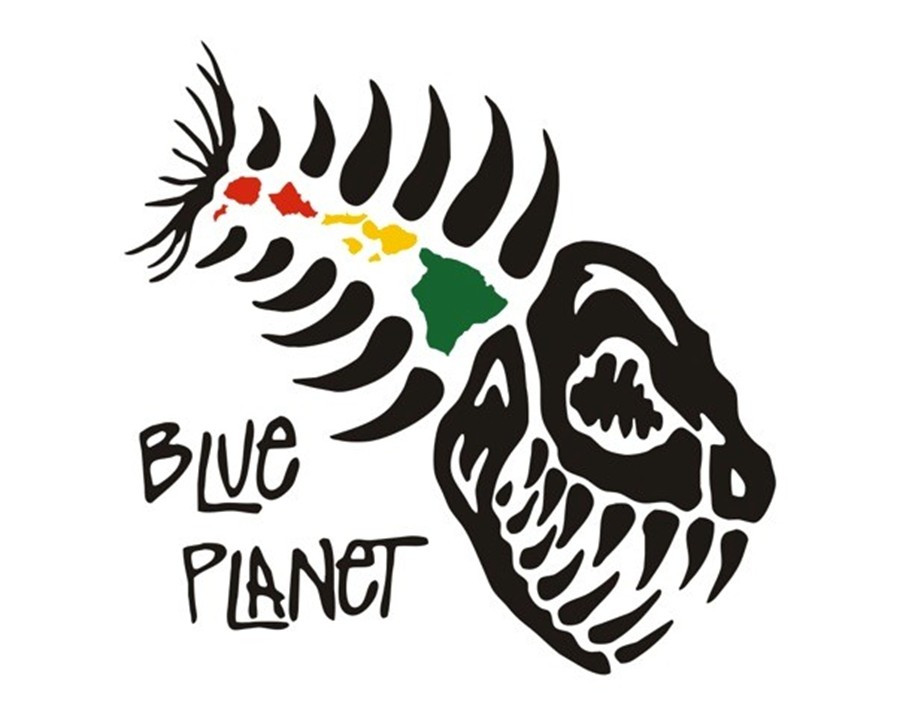
The best time to spot an orca in this sanctuary is from April until June, when they feed on migrating gray whales. When they aren’t splashing around dad jokes, orcas can be sighted sporadically along North America’s West Coast, including in NOAA's Monterey Bay National Marine Sanctuary. What do you call a pod of musical orcas?"

Thanks to her research, the sanctuary is learning more about sea otters’ role in this Pacific Northwest area. Nancy Foster Scholar who studies sea otters in NOAA Olympic Coast National Marine Sanctuary. The Foster Scholarship supports women and members of minoritized groups in graduate school for ocean-related sciences. Nancy Foster Scholar Carina Fish pauses during a research expedition in NOAA's Greater Farallones and Cordell Bank National Marine Sanctuaries. Michelle Johnston, research ecologist at NOAA's Flower Garden Banks National Marine Sanctuary, dives through sanctuary waters amongst hundreds of fish and other sea critters! Michelle manages the sanctuary’s long-term coral monitoring project and helps fight the spread of invasive lionfish in the sanctuary. Photo courtesy of Sarah Kienle, under NMFS permit #19108. Nancy Foster Scholar Sarah Kienle uses hair dye to mark the fur of an elephant seal to aid later identification in her research. Learn about the inspirational women of sanctuaries in these images.ĭr. Happy International Women’s Day! Today we’re celebrating all the women who make the National Marine Sanctuary System possible and who dedicate themselves to protecting and understanding marine species and ecosystems. Can you name any other radially symmetrical marine organisms? Our national marine sanctuaries and marine national monuments are teeming with organisms that display radial symmetry. It's #DolphinAwarenessMonth! Spinner dolphins like this fancy crew in Papahānaumokuākea Marine National Monument practice what is called a “fission fusion social pattern.” This means that the dolphins “fuse” to form large social groups of more than 100 individuals to hunt at night and then separate into much smaller groups – with as few as 12 individuals – to socialize and rest during the day. BUT, sea anemones do exhibit radial symmetry, meaning they’re symmetrical around a center point, like a pie, and you could measure their circumference using pi. This sea anemone in NOAA Channel Islands National Marine Sanctuary isn’t a pie and we definitely wouldn’t recommend eating it.


Photo: Jason Moore/NOAA under Permit #14682 Have you heard about the humpback whales in Papahānaumokuākea Marine National Monument? New research reveals an abundance of koholā (humpback whales) in Papahānaumokuākea Marine National Monument! Now, nearly the entire Hawaiian archipelago is visited by humpback whales during the winter and early spring months.


 0 kommentar(er)
0 kommentar(er)
